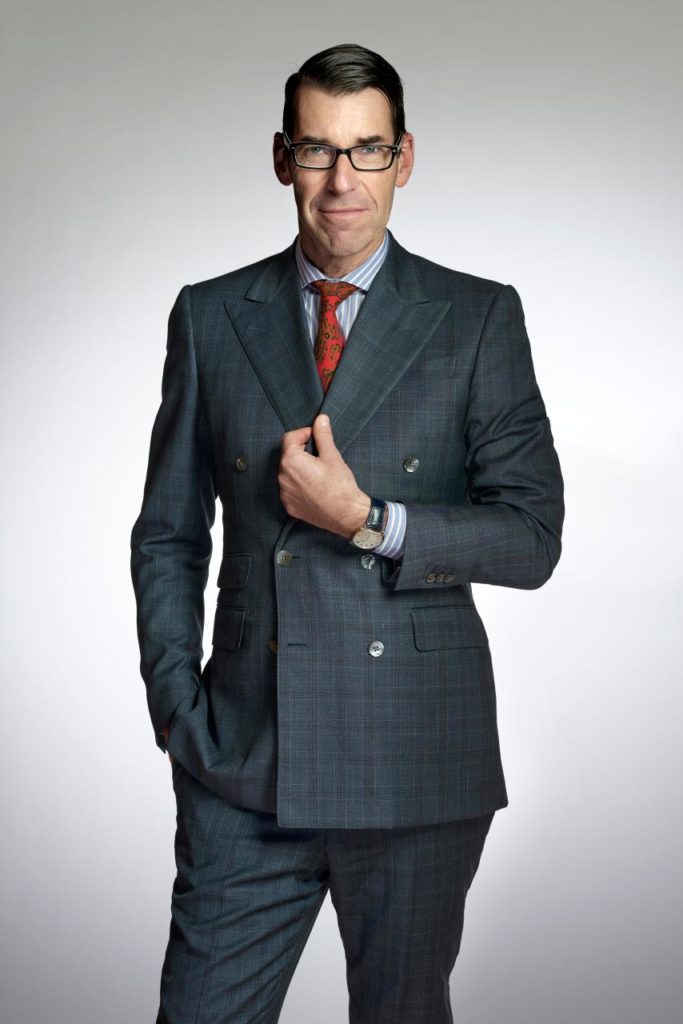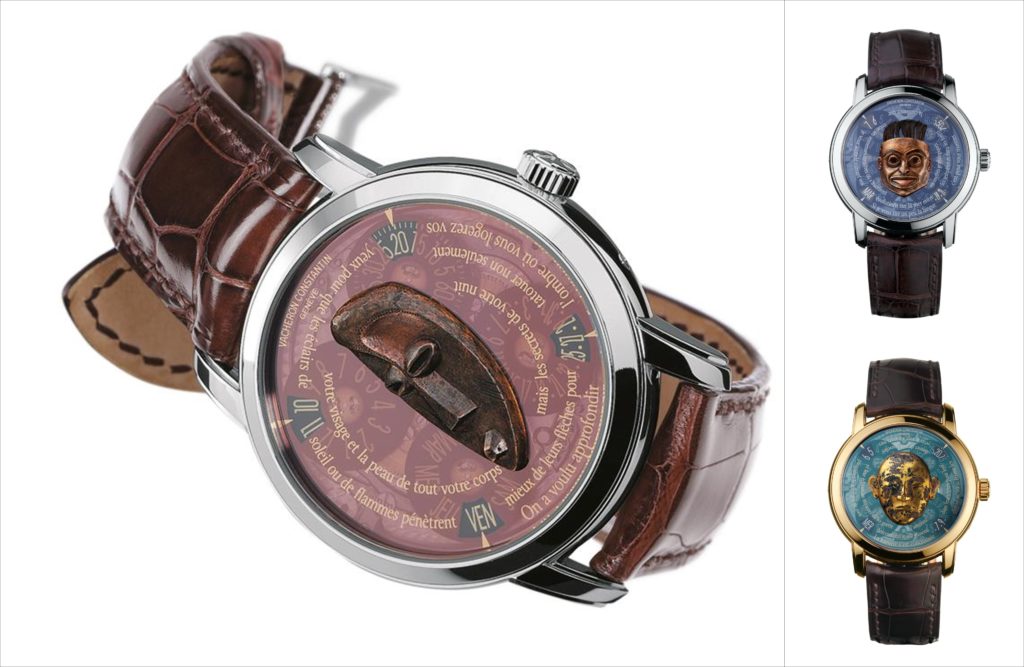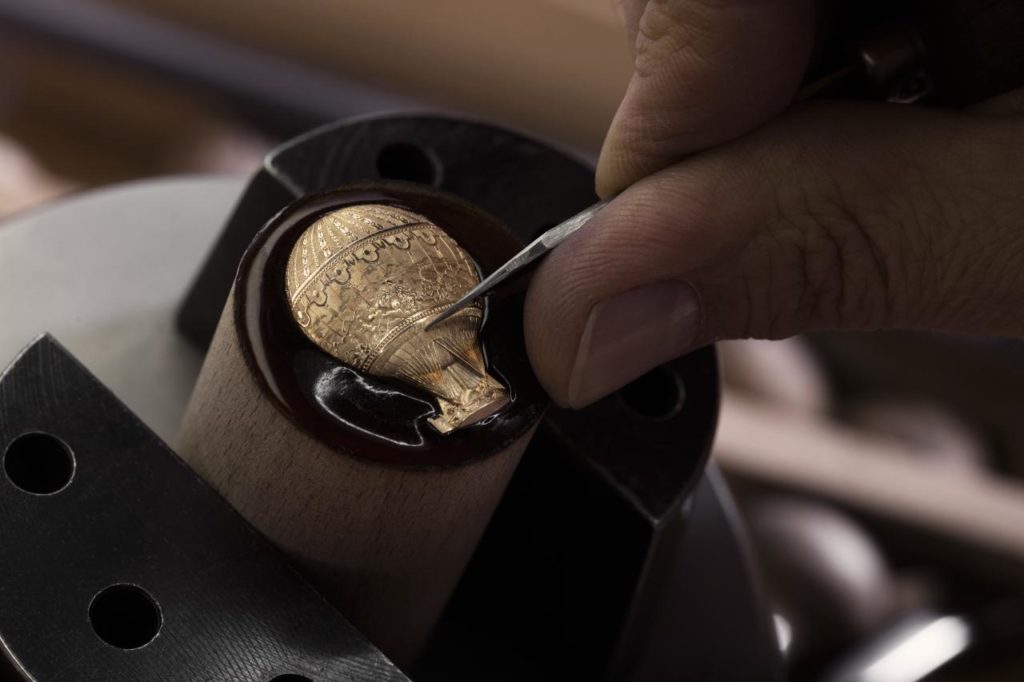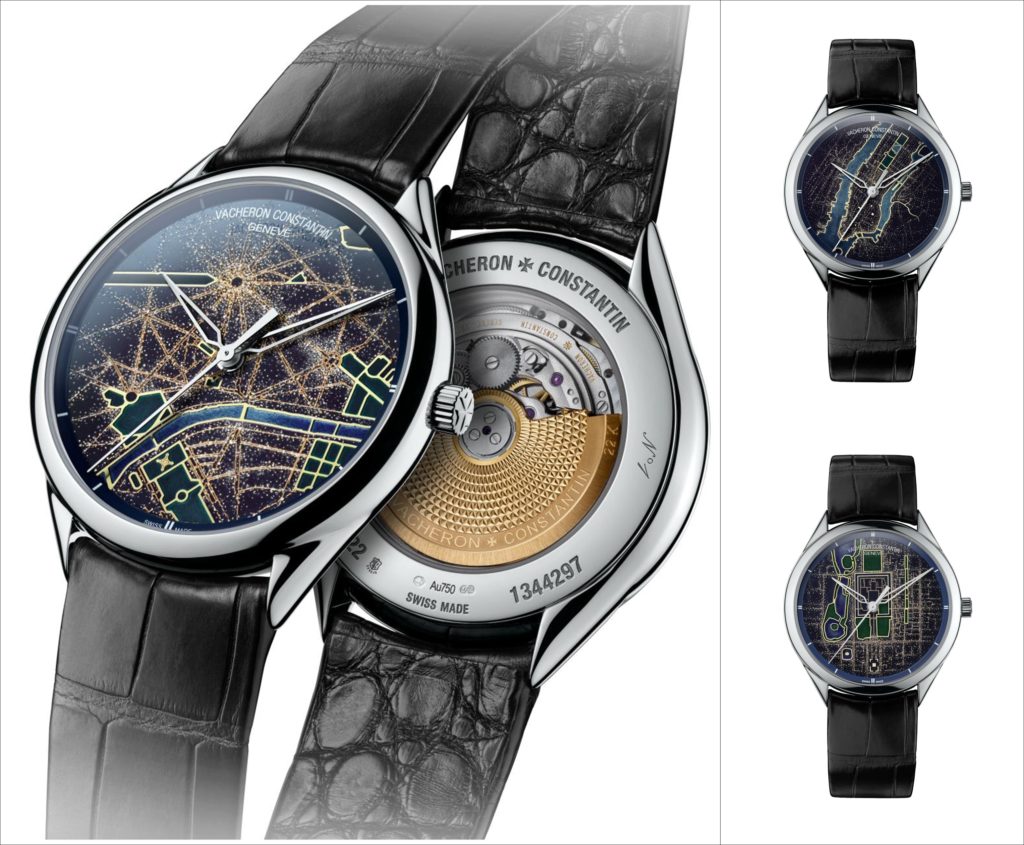Art World
‘I Am Really the Guardian of the Temple’: Vacheron Constantin’s Christian Selmoni on Shepherding the Watchmaker’s Timeless Heritage
A veteran of the business, Selmoni reveals what makes the historic company tick.

A veteran of the business, Selmoni reveals what makes the historic company tick.

Nazanin Lankarani

Last fall, Christian Selmoni became the style and heritage director of Vacheron Constantin, charged with the august task of advancing the already estimable heritage of the world’s oldest watchmaking maison, founded in 1755. A 28-year veteran of the Swiss watchmaker, Selmoni is uniquely suited for that job, having served in both sales and creative capacities at the company. In other words, he knows how Vacheron Constantin ticks.
Speaking from the venerable brand’s Geneva headquarters, Selmoni opened up to artnet News about his interest in artistic crafts, and how it impacts his watchmaking choices.

Les Masques Métiers d’Art. Photo ©Johann Sauty, courtesy of Vacheron Constantin.
Are you still involved in the creative direction of Vacheron Constantin in your new role as the style and heritage director?
Today I am in charge of style and design, though my position is less “creative” than when I was the house artistic director. I first joined Vacheron Constantin in 1990 as head of purchasing, with no “artistic” background. I realized quickly that I had a strong interest in the creative side of watchmaking, and moved to the product-development side until I became artistic director in 2010. As style and heritage director today, my role is to shine a spotlight on our heritage. I still have a hand in design as a member of our strategic product committee, but, creatively speaking, I am really the guardian of the temple.
Was gravitating toward a more creative position a natural evolution for you?
I was born in the late 1950s. My parents wanted me to be manager but I was always interested in art. At Vacheron Constantin, I had the opportunity to become both a manager and to have a creative job.
How much art goes into making mechanical watches?
A significant part of watchmaking at Vacheron Constantin falls into the category of art because of the craftsmanship that goes into our watches. Our know-how has been built over centuries, and is highly qualitative today. Our métiers d’art watches demonstrate our technical acumen, with an added decorative layer that showcases our artistic abilities.

Behind the making of Les Aerostiers Métiers d’Art. Photo ©Johann Sauty, courtesy of Vacheron Constantin.
Have you ever been interested in fine art?
I am curious by nature and have many interests, but not a single passion. In art, I have always loved paintings. As a young man, I was drawn to the Futurists, the Dada movement, Pop art, and Andy Warhol. I also admire the action paintings of Jackson Pollock. I have a particular fascination with local crafts, or what you might call the “popular arts,” like Mexican crafts, and I love to discover them when I am traveling.
How has your interest in artistic craft influenced your creative approach to designing collections for Vacheron Constantin?
It is challenging to be creative at Vacheron Constantin because we cannot stray too far from the classic refinement and elegance of the house style. Still, we try to design new products that are contemporary yet, at the same time, reflect the company’s roots. Artistic craft gives us the creative liberty to produce timepieces that are completely different from those in our classic collections.
How much of Vacheron Constantin’s heritage is linked to its “métiers d’art” tradition?
The métiers d’art watches are central to the watchmaking tradition of Vacheron Constantin. We were decorating timepieces from our earliest days back in the 18th century. Today, we continue to practice four historical decorative crafts—enameling, engraving, gem-setting, and guillochage—to produce timepieces for a niche market of collectors who appreciate a more flamboyant style of watch.
What are some of the collections at Vacheron Constantin that were directly inspired by an artistic tradition?
For the 2007 collection titled Les Masques, we reproduced tiny masks on our watch dials that were inspired by Native American totems and the fantastic mask collection at the Barbier-Mueller Museum in Geneva.
In 2010, we worked in partnership with Zohico, a 300-year-old Japanese lacquer specialist, for a collection that featured traditional Japanese lacquer techniques and was manufactured both in Kyoto and Geneva.

Villes Lumières Métiers d’Art. Photo ©Johann Sauty, courtesy of Vacheron Constantin.
For the Villes Lumières, or City of Lights, a recent métiers d’art collection, we reproduced aerial images of some of the world’s metropolises on the watch dial. The project proved to be difficult, until 2013, when we met the Japanese artist, Yoko Imaï. Yoko applies traditional Japanese maki-e techniques to decorate with diamond-and-gold powder. The result for City of Lights was a truly spectacular dial. Thanks to this collaboration, we have produced dials representing Geneva, Paris, New York, Moscow, Tokyo, and Beijing.
What was the inspiration for the Hot Air Balloon collection unveiled at the Salon International de la Haute Horlogerie last January?
Early hot air balloons were fabulously decorated and conjured up images of elegantly dressed gentlemen seeking thrills and adventure in the air. We found this story compelling, and the idea very romantic. The project also provided a fantastic playground in which to deploy our craftsmanship. We combined engraving for the three-dimensional balloons with plique-à-jour enameling for the sky. I am thrilled that, year after year, we are able to find new themes to produce highly original watches.